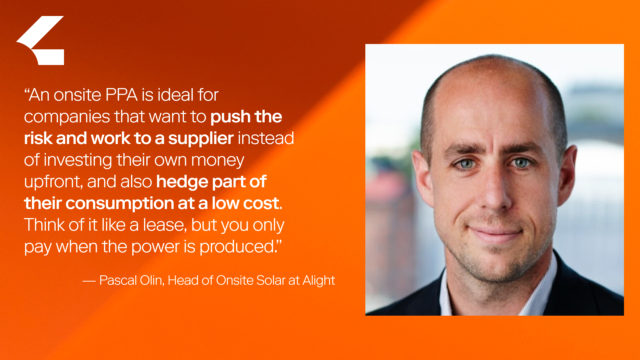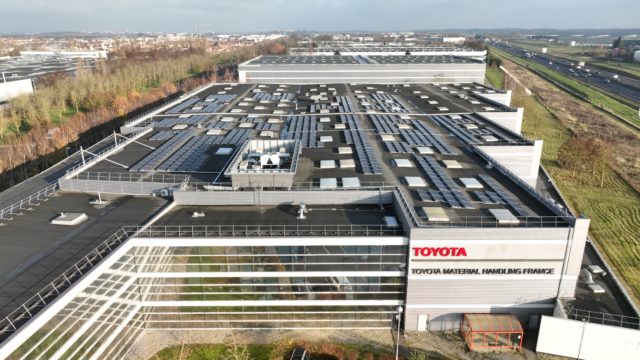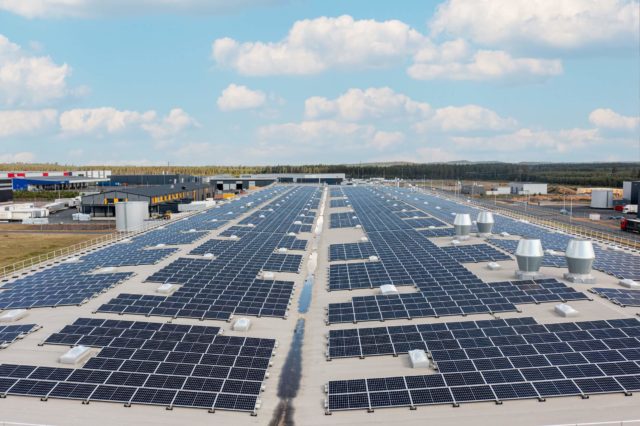How does an onsite PPA affect my insurance?
Before signing a PPA, make sure that the solar installation will be properly insured. The solar provider is typically responsible for making sure that the solar installation is adequately covered in the event of damage or loss. However, your insurer may have specific requirements that have to be met regarding the design or when carrying out the installation, and your PPA provider should be able to provide solutions for this.
We lease our buildings. Can we still do onsite PPAs?
Luckily you can, however, if your property is leased, you’ll need to obtain permission from the landlord before installing onsite solar. The solar provider may also require the landlord to sign a parallel agreement, giving them permission to use the roof or adjacent land. In addition, the landlord may have specific requirements that have to be met regarding the design or when carrying out the installation, and your PPA provider should be able to suggest solutions for this. If you end your lease contract before the end of the PPA contract, different options exist to end or transfer the PPA.
Can you do onsite PPAs everywhere in Europe?
Yes, but in some European countries like Spain and Poland, companies are not allowed to buy power through a PPA solution at their own site. However, there are alternative contractual setups available that can mirror PPA benefits and terms without classifying it as a PPA. An operational lease is one such setup, which is used in Poland. Your PPA provider should be able to suggest alternative contract structures if PPAs are not allowed.
In both a PPA and an operational lease the installation is owned and maintained by the supplier. However, with an operational lease, the customer pays a fixed monthly price, whereas with a PPA, the customer pays per kilowatt hour produced. It’s common to have production guarantees in an operational lease to shift operational risk to the supplier.
Onsite solar is a partnership that benefits not only the customer and the power provider, but society as a whole. Installing more renewable energy, whether it’s consumed behind the grid or not, drives forward the clean energy transition and helps countries meet their net-zero goals.
Interested in learning more about onsite solar PPAs? Read up on how Kingspan made onsite solar a cornerstone of its energy strategy, or reach out to our team directly at sales@alight-energy.com.




